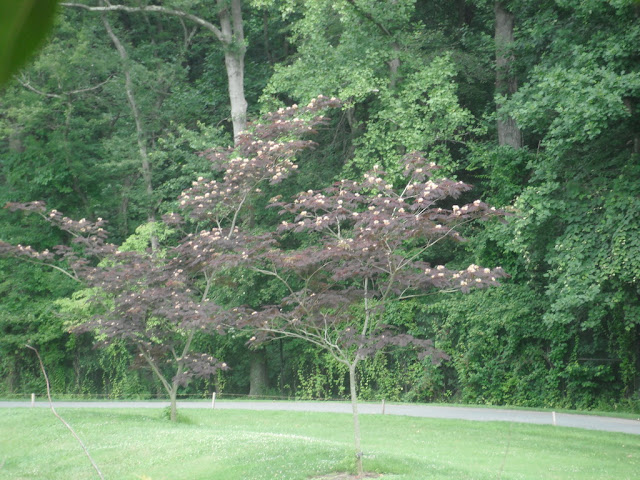The garden has slowed down some but everything is still growing. We have not had our usual noticeable cool down and we have temperatures in the low 80’s and lows about 70. The lawn maintenance companies are making extra money as they keep up the summer mowing schedule of cutting every 10 days to two weeks. We can have surprise freezes anytime from mid-December to mid-March. That event puts the brakes on all growing. Our weather is continuing warm so when the cold arrives everything will be in shock. Rainfall has been reasonable so far which also enhances everything growing.
The warm Gulf Stream is a major temperature modifier in South East Florida. I can remember in the early 1980’s when the temperature was 35 degrees at the Fort Lauderdale Airport which is one mile from the ocean. The University of Florida Davie , Florida
If a freeze is expected pull mulch back from the base of your plants. The warm soil will radiate warm soil temperatures up to the plants and help protect them. Water the day the freeze is expected which will help warm soil temperatures to reach the plants. Bring tender potted plants inside to avoid the cold. Cover tender outside plants with sheets or blankets to protect from freeze damage. Never use plastic as it will warm up quickly when the sun hits it. Plant growth will turn to mush and put the plant in shock. The second night of the freeze is colder than the first night as the wind stops and the sky is clear. Warmer temperatures from the day radiate out to space. The third day is usually warm enough to pull coverings from the plants.
















































